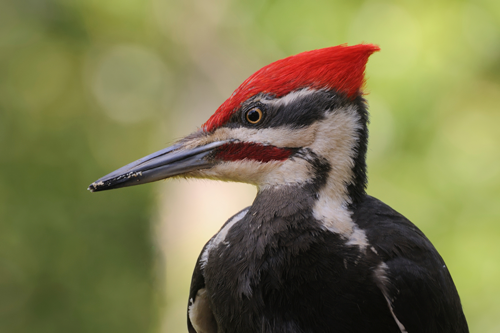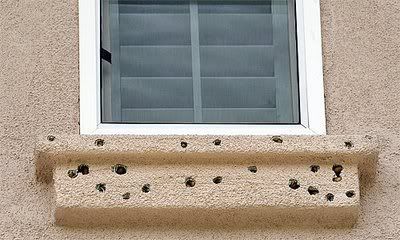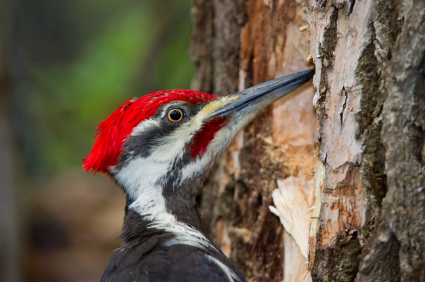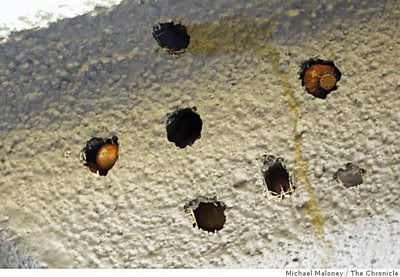
If you’re a siding installer, your customers will look to you to recommend ways to keep their siding damage free. One major source of damage is birds—specifically woodpeckers. And while aluminum and vinyl sidings in lighter colors are less likely to be damaged by woodpeckers, the birds will peck at them to generate sounds that attract mates. While doing so, their sharp little beaks will deface and in some cases permanently mar the siding.
Anticipating this problem and offering your customers a solution will leave you with a grateful customer in the long run—a customer who will recommend you to their neighbors and friends. Large corporate customers will be equally grateful that you spared them the future expense of repainting and repairs.
Here are three effective woodpecker deterrents recommended by today’s bird control professionals:
BeakGuard™ Woodpecker Deterrent
This scientific breakthrough has been shown to keep woodpeckers away from siding and other painted surfaces. Known as BeakGuard, it covers virtually any latex-painted surface—including wood, fiber-cement, stucco, aluminum or vinyl. After it’s applied, the elastomeric acrylic finish communicates a warning signal to woodpeckers that says this surface is unwelcome and not worth the trouble to peck. The specially formulated compound is harmless to woodpeckers or other birds. It’s also durable and long lasting. And it resists dirt pick up. Harsh weather won’t affect it either. BeakGuard establishes a tough, vapor permeable, flexible membrane that is colorfast. Best of all, it's easily applied using a brush, roller, paint pad or conventional spray equipment. One gallon will protect about 180 square feet.
3/4” Mesh Woodpecker Netting
Developed to deny woodpeckers access to siding and other vulnerable wood surfaces, Woodpecker Netting provides a proven effective barrier deterrent that blocks woodpeckers doing any damage. The 3/4-inch mesh netting is made of durable UV-protected polypropylene, which means it will last for season after season of harsh weather. Woodpecker mesh netting is lightweight, easy to handle and install. And something your customers will like is that this netting is practically invisible, so it blends aesthetically with its surroundings. Woodpecker netting comes in 14 x 100-foot rolls and is quickly installed using Poly Clips or staples.
Woodpecker Deterrent Kits
Ideal for discouraging woodpeckers from coming around, Woodpecker Deterrent Kits come with a Bird Repeller Balloon, a 50-foot roll of Flash Tape, and all the hardware you need to easily affix them to virtually any surface. Flash Tape Banners snap and pop in the breeze and reflect sunlight, which will convince woodpeckers to move on to someone else’s house. Bird Repeller Balloons display big “predator eyes.” When the balloons bob and weave in the wind, woodpeckers get the feeling that they are being “eyeballed” for a meal and won’t want to hang around. To ensure woodpeckers don’t get used to these visual woodpecker deterrents, it’s a good idea to move them around frequently.







